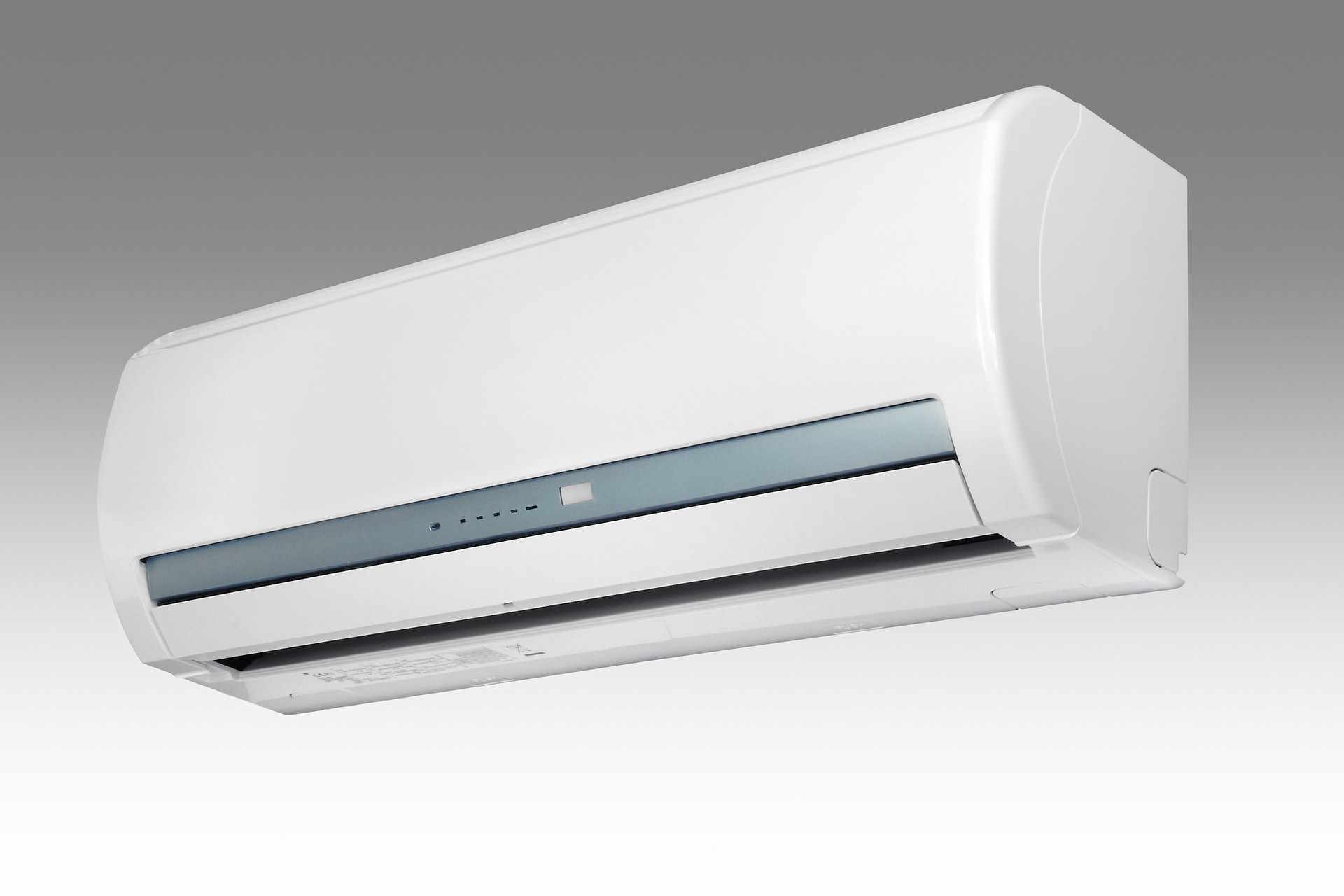Ductless air conditioning: A flexible solution for modern home temperature control
Ductless air conditioning systems have revolutionized home climate control by offering targeted cooling without the need for extensive ductwork. These versatile systems provide homeowners with energy-efficient temperature management while maintaining the flexibility to cool specific zones or rooms. Unlike traditional central air systems, ductless units can be installed in virtually any space, making them ideal for older homes, additions, or areas where conventional HVAC systems prove impractical.

Modern homeowners increasingly seek efficient and flexible cooling solutions that adapt to their specific needs and living spaces. Ductless air conditioning systems have emerged as a popular alternative to traditional central air, offering precise temperature control without the infrastructure requirements of conventional HVAC systems. These innovative units provide both heating and cooling capabilities while consuming less energy than many traditional systems.
What is a ductless air conditioner?
A ductless air conditioner, also known as a mini-split system, consists of an outdoor compressor unit connected to one or more indoor air-handling units through a small conduit. This conduit contains the power cable, refrigerant tubing, suction tubing, and condensate drain, requiring only a small hole through the wall for installation. The indoor units mount on walls, ceilings, or floors, delivering conditioned air directly to specific zones without requiring ductwork throughout the home.
The system operates using refrigerant that cycles between the indoor and outdoor units, absorbing heat from inside spaces and releasing it outside during cooling mode. Many ductless systems also function as heat pumps, reversing this process to provide heating during colder months.
Types of ductless air conditioners
Several configurations of ductless systems cater to different home layouts and cooling needs. Single-zone systems connect one indoor unit to one outdoor unit, making them perfect for individual rooms or small spaces. Multi-zone systems allow multiple indoor units to connect to a single outdoor unit, enabling independent temperature control for different areas of the home.
Wall-mounted units represent the most common type, offering quiet operation and efficient air distribution. Ceiling-mounted options work well in rooms with limited wall space or specific aesthetic requirements. Floor-mounted units suit spaces where wall or ceiling installation proves challenging, while ducted mini-splits provide a hybrid solution for homes with some existing ductwork.
Advantages of ductless air conditioning
Ductless systems offer numerous benefits over traditional central air conditioning. Energy efficiency ranks among the top advantages, as these systems eliminate the energy losses associated with ductwork, which can account for up to 30% of cooling costs in conventional systems. The ability to create independent climate zones allows homeowners to cool only occupied areas, further reducing energy consumption.
Installation flexibility makes ductless systems particularly attractive for older homes lacking existing ductwork, room additions, or spaces where installing ducts would be impractical or expensive. The systems operate quietly, with indoor units typically producing noise levels between 19-30 decibels, significantly quieter than window units or many central air systems.
Improved indoor air quality results from advanced filtration systems in many ductless units, which can reduce dust, allergens, and other airborne particles. The absence of ductwork also eliminates potential breeding grounds for mold and bacteria that can accumulate in traditional HVAC systems.
Ductless AC Installation Guide
Proper installation requires professional expertise to ensure optimal performance and warranty compliance. The process begins with a thorough assessment of the home’s cooling needs, electrical requirements, and optimal placement for both indoor and outdoor units. Installers must calculate the appropriate system size based on room dimensions, insulation levels, window placement, and local climate conditions.
The installation involves mounting the indoor unit, drilling a hole for the conduit, installing the outdoor unit on a stable surface, connecting refrigerant lines, and establishing electrical connections. Professional installation typically takes 4-8 hours for single-zone systems and longer for multi-zone configurations. Proper refrigerant charging and system testing ensure optimal performance and efficiency.
Ductless AC vs Central Air
When comparing ductless systems to central air conditioning, several factors influence the best choice for each home. Central air systems excel in whole-home cooling for larger spaces with existing ductwork, offering uniform temperature distribution throughout the house. However, ductless systems provide superior energy efficiency, installation flexibility, and zone control capabilities.
Central air systems typically have lower upfront costs for whole-home applications in homes with existing ductwork, while ductless systems prove more cost-effective for targeted cooling or homes without ducts. Maintenance requirements differ, with central air needing duct cleaning and filter changes, while ductless systems require regular cleaning of indoor unit filters and periodic professional maintenance.
| System Type | Provider | Cost Estimation |
|---|---|---|
| Single-Zone Ductless | Mitsubishi Electric | $3,000 - $5,500 |
| Multi-Zone Ductless | Daikin | $5,000 - $12,000 |
| Central Air System | Carrier | $4,000 - $8,000 |
| Heat Pump System | Fujitsu | $6,000 - $15,000 |
Prices, rates, or cost estimates mentioned in this article are based on the latest available information but may change over time. Independent research is advised before making financial decisions.
Ductless air conditioning systems represent a significant advancement in home climate control technology, offering homeowners unprecedented flexibility in managing their indoor environment. These systems combine energy efficiency with installation versatility, making them suitable for a wide range of applications from single rooms to entire homes. While the initial investment may vary depending on system size and complexity, the long-term benefits of reduced energy costs, improved comfort, and enhanced indoor air quality make ductless systems an attractive option for modern homeowners seeking efficient and flexible cooling solutions.




